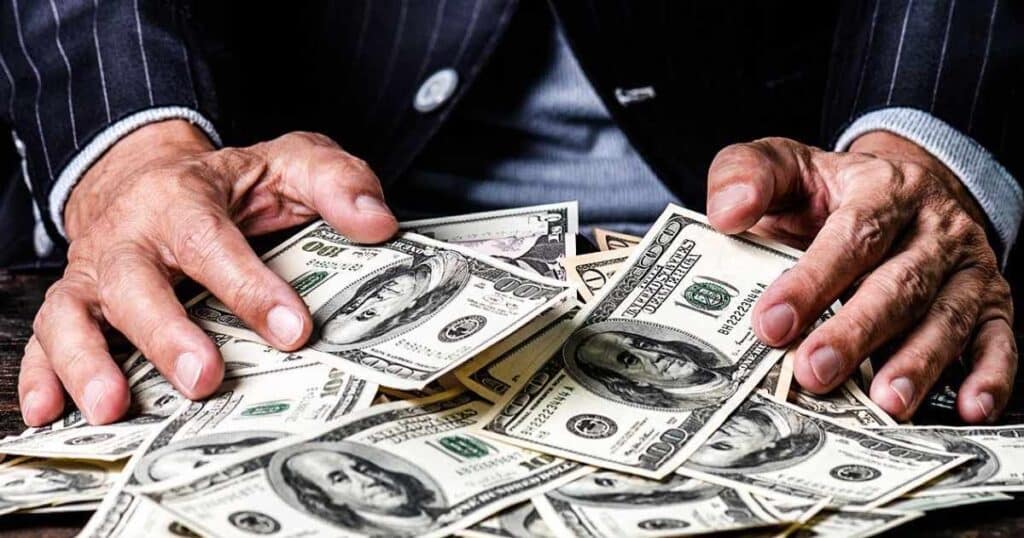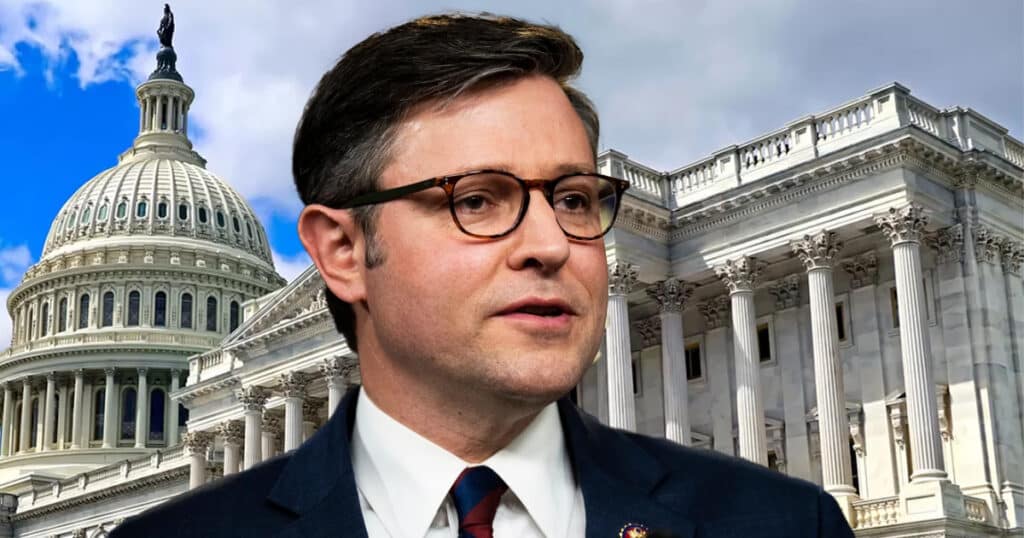
The Fed, Biden and Economic Death by a Thousand Cuts
Lingchi is an ancient Chinese torture designed to inflict a slow, painful death by using a razor-sharp knife to remove portions of the offender’s body over an extended period. Between the Federal Reserve and the Biden Administration, Americans are experiencing the same kind of death from a thousand cuts economically.
These clowns couldn’t be worse for your wallet.
Inflation began to rise significantly in April 2021. Instead of acting immediately, the Fed inaccurately portrayed rising prices as short term and “transitory,” believing inflation would dissipate once supply chain disruptions were corrected and the economy in general returned to a more normal footing. Inflation may ultimately prove to have been transitory, but it certainly has not been short term.
The opportunity to squelch inflation before it grew roots was thus squandered, and over the next year, inflation raged like an out-of-control wildfire, rising from 1.4% in January 2021, the month Biden took office, to a peak of 9.1% in June 2022. Reacting in panic, the Fed raised rates from 0.33% to the current rate of 5.5% over 16 months.
These slow, steady, painful rate increases have had a chilling impact on the American consumer. The housing industry, auto industry and other interest rate sensitive segments of the economy have been scorched by the double whammy of rising prices and elevated borrowing costs. These rate hikes have been particularly devastating for sectors of the population that are economically vulnerable. Young people and the poor find it difficult to enjoy any quality of life with skyrocketing rent, credit card and vehicle costs. In many cases, the option of buying a home or new car is completely off the table.
Over the past several months, inflation has declined significantly, bottoming at 3% in June before rising to 3.7% in August. While the Fed takes credit, many economists believe inflation reduction is more attributable to the unwinding of supply chain bottlenecks, a sharp drop in commodity prices, a pullback of Covid consumer spending and the end of free money giveaways.
In other words, if the Fed had acted sooner and with more urgency, the inflation genie would probably be firmly back in the bottle by now.
However, it seems the biggest threat moving forward is the Fed’s misunderstanding of how a high interest rate environment creates its own inflation, especially when accompanied by a woke, socialist agenda that values spending borrowed money on frivolous endeavors over sound fiscal policy.
The Doom Loop
In 2022, the federal government spent $6.3 trillion, racking up a deficit of $1.3 trillion and an overall national debt of $34.3 trillion. Part of that increase came from the interest portion of the deficit, which rose from $352 billion in 2021 to $475 billion in 2022. In 2023, through August, higher deficits and interest rates have swelled the interest on the debt to $650 billion. If we extrapolate through the full year, the debt related interest could hit a trillion dollars.
Think about that for a minute. A trillion dollars just to pay the interest on the national debt. If not this year, it is very conceivable that the interest on the debt will surpass the defense budget in 2024. Experts predict that the interest portion of the budget will exceed Social Security by 2032, but that assumes spending levels don’t increase more than projections.
The current national debt is $31.3 trillion with an anticipated year end deficit of $2 trillion.
Consider the impact of the deficit on inflation. Due to Fed interest rate policies, the federal government must issue treasuries that carry a more attractive return for bond holders. In fact, it’s conceivable that the government will pay out an additional $500 billion in interest to those who hold treasuries compared to 2022. What do you think is going to happen to that money that’s created from thin air? The bond holders are going to spend it.
Additionally, banks are getting in on the act by raising the interest rates they pay depositors. In 2022, banks paid out $78.7 billion, compared to $24.3 billion in 2021. A whopping 223% increase. One would imagine banks will pay out even more in 2023, reflecting this year’s rate increases. Again, this is money that will probably be spent, increasing demand, which results in higher prices.
Slow Joe Does His Part
Apparently, $6.3 trillion wasn’t enough for Biden in 2022, so, in 2023, spending will be even higher, including billions for the war in Ukraine and misguided climate change efforts. It’s as though Biden doesn’t understand the seriousness of the deficit and the ballooning payments that have put us into an economic doom loop.
If they were truly serious about inflation, Biden would have reined in spending and increased fossil fuel production, as the Fed followed the Volker model with the same 5.5% Fed funds rate, but over a 6-month period instead of 16 months. That would have created an almost immediate recession, and the resulting demand destruction would have surely tamed inflation almost instantly.
Instead, we’re subjected to economic Lingchi, with ever higher deficits leading to higher interest payments on the debt, which puts more money in consumer’s pockets. That leads to more demand, which leads to higher inflation, which leads to higher interest rates…
You get the picture.
If you wonder how inflation doom loops start, this is how it happens. Expect inflation to continue to tick upwards, and when it does, the Fed and Biden will have no answers except to drive us into a sovereign debt crisis.



